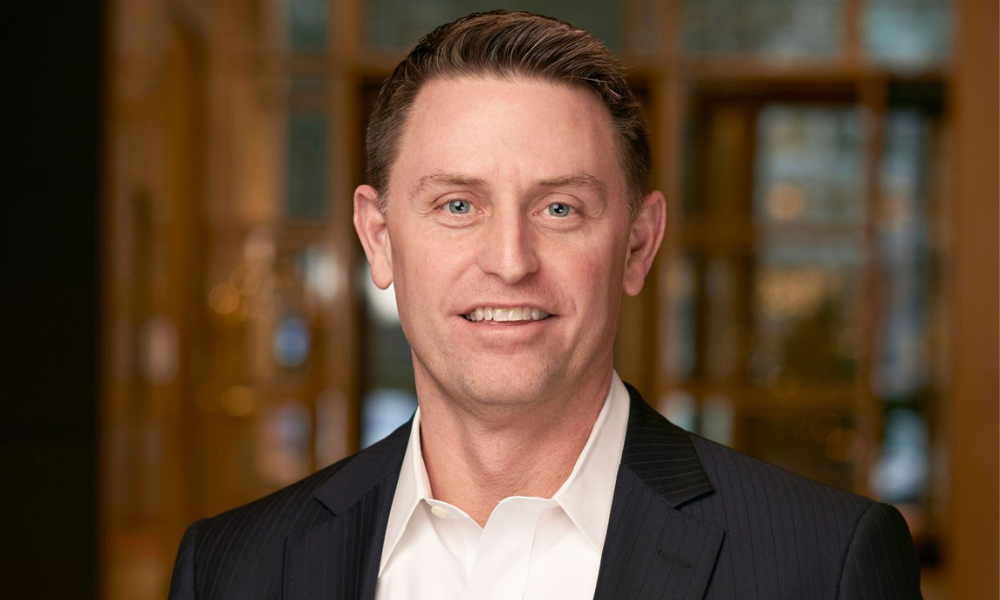Global wealth and asset management leader walks through different questions firms should be asking themselves

With rising volatility and uncertainty in public markets, asset managers and wealth firms alike are ramping up their efforts to bring alternative strategies to the retail audience. And in taking on that challenge, the industry has to consider several questions and dimensions.
“First, you have to develop your overall strategy around trying to downstream to this emerging potential audience of investors,” says Mike Lee, Global Wealth & Asset Management Leader at EY. “How are you providing greater liquidity? How are you reducing the complexity of the traditional alternative type product so folks can understand it better? How are you going to market with what you’re trying to offer to this new constituent group?”
From a product development standpoint, Lee says more asset managers are standing at a crossroads between doing a strategy in-house, or leveraging external capabilities. After doing an inventory of internal capabilities in private equity, private debt, and other hedge fund strategies, many wealth and asset management firms are acquiring boutique firms to add more cards to their investing hand.
But across the industry, partnerships between large firms and investment boutiques are increasingly being adopted as a way to create new products, which Lee says allows for a more modular and flexible approach. That may be more favourable for strategies that seem compelling to pursue today, but may not make as much sense in a few years.
“We’re seeing quite a few managers out there, particularly those who want to create a more liquid alternative product, acquiring alternative managers and boutiques to be able to provide that,” he says. “We’re also seeing more innovative ideas, like tokenization and fractionalization, start to be considered.”
At this point, there’s more discussion than actual activity around tokenization and fractionalization of alternative assets. Tokenized real estate has emerged as a trailblazer in the space, Lee says, as digital platforms have emerged to provide market access to investors who have not had meaningful access to some of these asset classes. Beyond that, Lee says the technology is also making inroads into other asset classes like artwork, collectibles, and even sports teams for fans who want a piece of the action.
“Managers also have to think about engagement with the regulators,” he adds. “In the U.S., there have been discussions around the definition of ‘accredited investors’ to create a more nuanced set of criteria beyond just income and net worth. In Europe, the industry is working with regulators to create more structures like European long-term investment funds (ELTIFs) and long-term asset funds so access to alternative strategies can be democratized for retail investors.”
Yet another point of focus is on distribution, which is particularly important as asset managers should anticipate their client base to grow from the low hundreds to potentially thousands. Faced with that challenge, Lee says many organizations are considering the use of third-party distribution platforms or marketplaces. That can allow them to more efficiently bring a large menu of alternative investments to wealth managers and advisors at scale, with an automated, end-to-end digitalized process.
“Enterprises have to make internal investments in new technology and analytics as well, particularly in the middle and back office where so much of the processing is taking place,” Lee says. “That’s what we’re counselling organizations to do today as they grapple with some of these hurdles that have, quite frankly, existed in one form or another over the past 20 to 25 years.”



